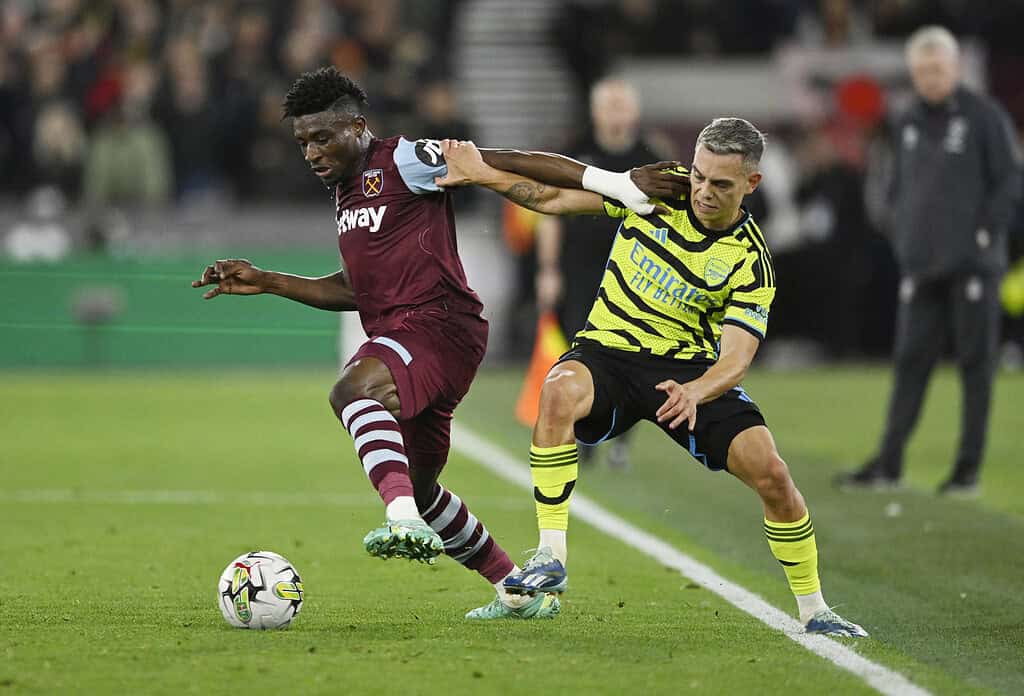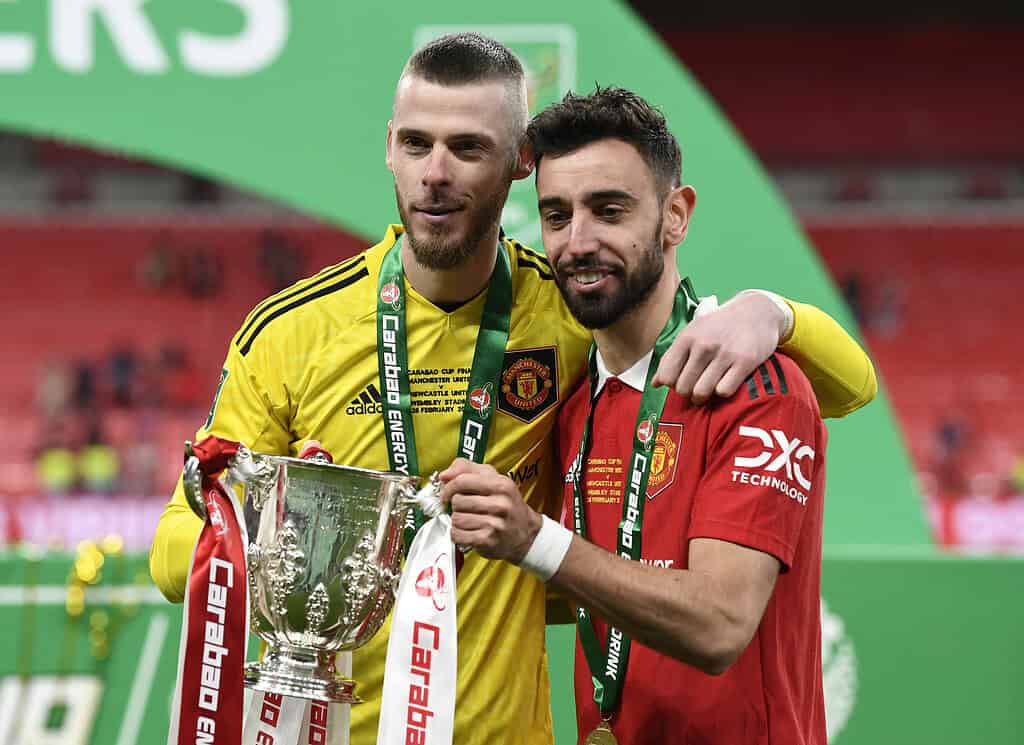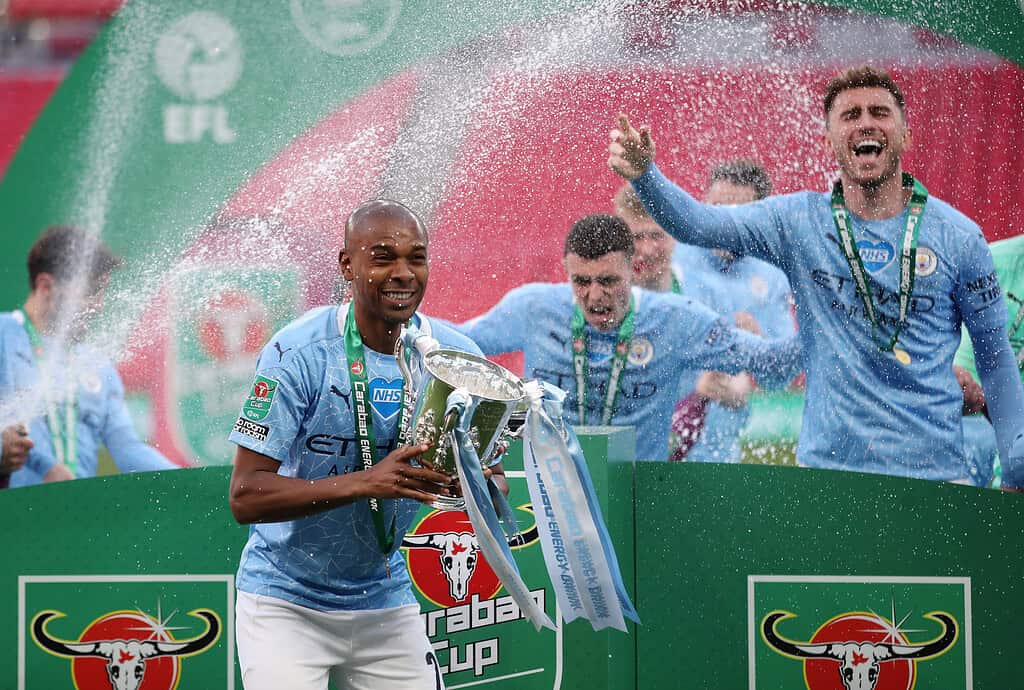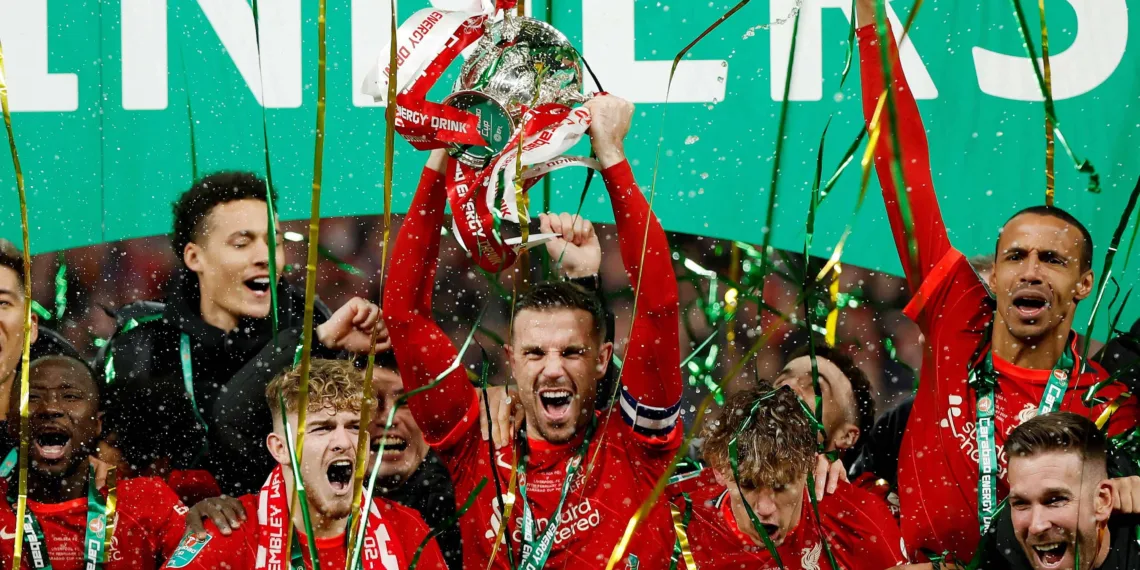The Carabao Cup third-round draw is set to take place with a unique twist this season, as Arsenal and Tottenham Hotspur will be kept apart due to the new format introduced to accommodate the expanded European football schedule. The introduction of two different bowls in the draw process is a direct result of the increased number of matches in the Champions League and Europa League this season.

Aston Villa, Liverpool, Manchester City, and Manchester United are also affected by this new arrangement, while Chelsea, despite their European commitments, remain unaffected. This article delves into the reasons behind these changes and explains the implications for the clubs involved.
The Impact of European Expansion on Carabao Cup Draw
The 2023-24 football season has seen a significant expansion in the Champions League and Europa League, with each competition adding two extra matches to the group stage. This expansion has created a scheduling conflict with the Carabao Cup, particularly in the third round, which is traditionally played in mid-September. Arsenal, Aston Villa, Liverpool, and Manchester City are all set to compete in the Champions League during the week of September 16, while Manchester United and Tottenham Hotspur will begin their Europa League campaigns the following week.

To avoid potential fixture congestion and clashes, the Carabao Cup organizers have implemented special conditions for this season’s third-round draw.
The New Format: Two Bowls, No North London Derby
To accommodate the busy schedules of clubs involved in European competitions, the Carabao Cup third-round draw will use a new format involving two separate bowls. Bowl 1 will contain the six Premier League clubs participating in the Champions League and Europa League: Arsenal, Aston Villa, Liverpool, Manchester City, Manchester United, and Tottenham Hotspur. Bowl 2 will include the 25 winners from the second-round matches, along with Chelsea, who are set to compete in the UEFA Conference League starting in October.
A pre-draw will take place before Nottingham Forest’s match against Newcastle United on Wednesday, determining the home and away positions for the six clubs in Bowl 1. Following this, the main draw will be conducted, alternating between clubs from Bowl 1 and Bowl 2 for the first six ties. Once all six clubs from Bowl 1 have been drawn, the remaining ten ties will be selected from Bowl 2 alone.
Why Arsenal and Tottenham Can’t Meet
One of the most significant outcomes of the new format is that Arsenal and Tottenham Hotspur, North London’s fiercest rivals, cannot face each other in the third round of the Carabao Cup. The reason behind this is simple: both clubs are involved in European competitions and are therefore placed in Bowl 1.

The alternating draw method ensures that these clubs, along with the other four in Bowl 1, will not meet in the third round. This precautionary measure is designed to minimize the risk of fixture congestion, as these clubs have their European commitments to consider.
Chelsea’s Exemption: Why the Blues Miss Out
Despite being involved in European football, Chelsea is not subject to the same restrictions as the six clubs in Bowl 1. The Blues will only begin their UEFA Conference League campaign in October, which means they are not playing European matches during the Carabao Cup third-round weeks. As a result, Chelsea will be placed in Bowl 2 alongside the 25 second-round winners. This placement allows them to face any team from either bowl in the third round, unlike the other six Premier League sides involved in European competitions.
The Carabao Cup third-round draw’s new format reflects the challenges posed by an increasingly congested football calendar. Arsenal and Tottenham Hotspur, along with four other Premier League clubs, will be kept apart to avoid potential fixture clashes with their European commitments. Meanwhile, Chelsea’s delayed start in the UEFA Conference League means they miss out on these new restrictions and could face any opponent in the third round. As the draw approaches, fans will be keen to see how this innovative format plays out and which teams will emerge victorious in their quest for Carabao Cup glory.
How old is the Carabao Cup?
The Carabao Cup was founded on 26 September 1960 and it’s a 64 years old competition.
Read More: Bournemouth Secure Season-Long Loan for Chelsea’s Kepa Arrizabalaga








